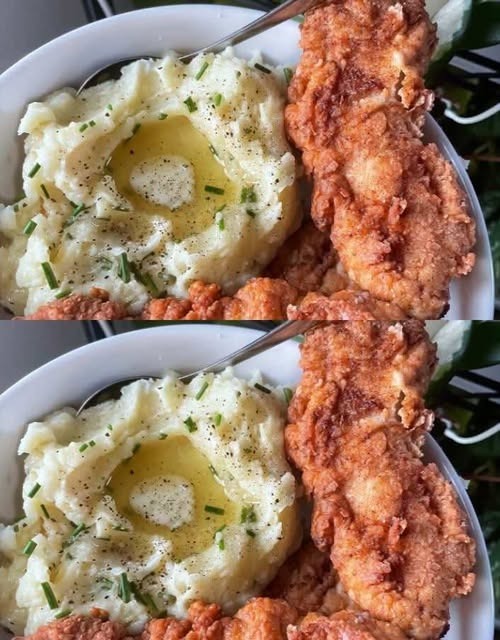Introduction
We all know and love potatoes – they’re versatile, affordable, and delicious. From creamy mashed potatoes to crispy fries, they’re a staple in many households. But what if we told you that the way you’ve been cooking potatoes might be all wrong? Specifically, boiling them in water. There’s a better way, and we’re here to tell you why you should STOP boiling potatoes in water and how to achieve potato perfection.
Why Boiling Potatoes in Water Isn’t Ideal
While boiling seems like the easiest method, it comes with several drawbacks that impact flavor, texture, and even nutritional value.
Leaching of Nutrients
Water-soluble vitamins and minerals, like Vitamin C and potassium, are lost into the boiling water. This significantly reduces the nutritional value of your potatoes. Think of it like washing away the goodness!
Waterlogged Texture
Boiling often results in waterlogged potatoes. The potatoes absorb excess water, making them mushy, less flavorful, and difficult to work with, especially when trying to achieve fluffy mashed potatoes or crispy roasted potatoes.
Loss of Flavor
Along with the nutrients, much of the potato’s natural flavor leaches out into the water during boiling. This leaves you with a blander end result that requires more seasoning.
Better Ways to Cook Potatoes
Thankfully, there are alternative methods that preserve flavor, texture, and nutrients much better than boiling.
Steaming: A Gentler Approach
Steaming involves cooking potatoes over (but not in) boiling water. This gentle method:
- Preserves more nutrients since the potatoes aren’t directly immersed in water.
- Produces a less waterlogged texture.
- Retains more of the potato’s natural flavor.
How to Steam: Place a steamer basket inside a pot with a few inches of water. Add your potatoes (peeled or unpeeled, and cut into even sizes), cover, and steam until tender. The cooking time depends on the size of the pieces.
Roasting: Flavor Amplified
Roasting brings out the rich, earthy flavors of potatoes while creating a delightful crispy exterior.
- Concentrates the natural sugars, resulting in a sweeter, more intense flavor.
- Creates a desirable crispy exterior and fluffy interior.
- Requires minimal additional ingredients.
How to Roast: Toss potato wedges or cubes with olive oil, herbs, and spices. Spread them in a single layer on a baking sheet and roast at a high temperature (around 400°F/200°C) until golden brown and tender.
Microwaving: Quick and Convenient
Microwaving is a fast and easy way to cook potatoes while retaining nutrients.
- Significantly faster than boiling or steaming.
- Retains a good amount of nutrients compared to boiling.
- Easy to use for a quick and simple meal.
How to Microwave: Pierce the potato several times with a fork. Microwave on high for several minutes, flipping halfway through, until tender when pierced with a fork. Cooking time will vary depending on potato size and microwave wattage.
Sous Vide: Precision Cooking
Sous vide involves cooking potatoes in a precisely controlled water bath. This method:
- Ensures even cooking throughout the potato.
- Maximizes flavor retention.
- Allows for precise control over texture.
How to Sous Vide: Seal potatoes (with seasonings and oil if desired) in a vacuum-sealed bag. Cook in a water bath at the desired temperature for the appropriate time (consult a sous vide guide for specific temperature and time recommendations). Finish by searing or roasting for a crispy exterior.
Conclusion
By moving away from boiling, you can unlock the full potential of potatoes. Steaming, roasting, microwaving, and even sous vide offer superior ways to cook this versatile vegetable, preserving its flavor, texture, and nutritional value. So, next time you’re preparing potatoes, remember to STOP boiling them in water and try one of these alternatives for a truly delicious and satisfying experience. You’ll taste the difference!
